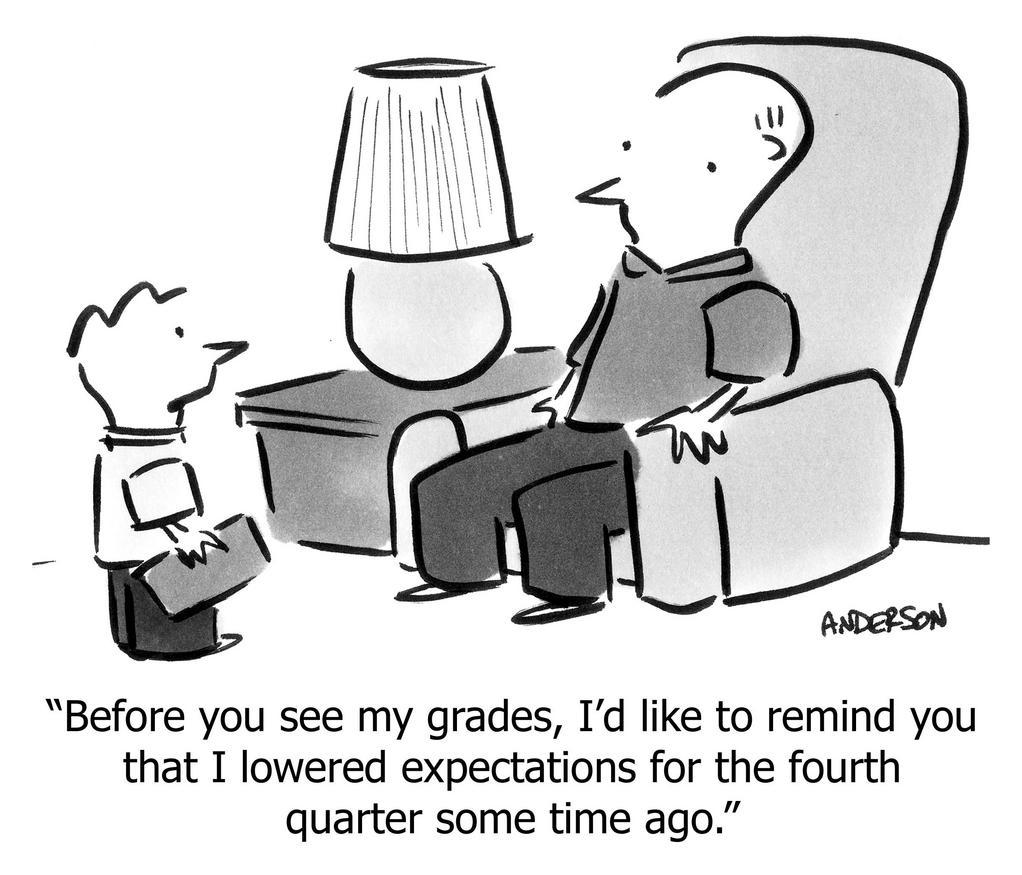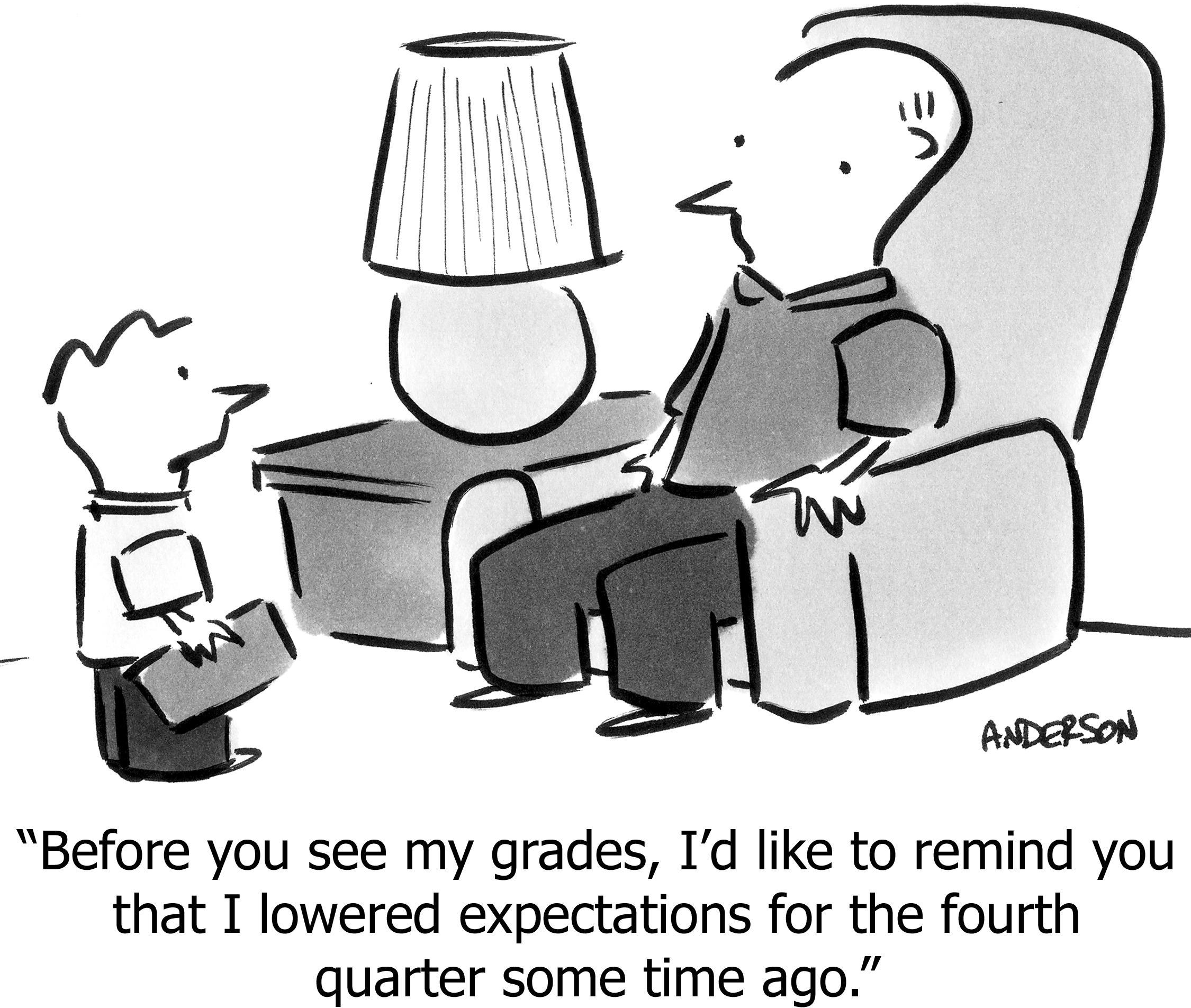Satisficing vs Maximizing
“Maximizing” means finding the best solution. It requires exploration and analysis to ensure “the best” option hasn’t been overlooked, and that we have confidence in our evaluation of the options.
“Satisficing” means picking the first or easiest or least-expensive option that satisfies the requirements. Preferring a faster decision to the best decision. It means not getting paralyzed by the pursuit of “perfect,” but as a result, rarely results in the very best solution.
People naturally tend to be Maximizers or Satisficers, although it depends on the subject. For example, you might maximize your career, but satisfice your diet.
Studies show that although Maximizers make better choices Satisficers enjoy their choices more, and of course spend less time and create less stress in making the choice.
You must choose when to Maximize, and when to Satisfice. It might seem like Maximizing is best, especially when you have teams of smart people who can do the maximizing. But often this is the wrong thing to do.
Speed is one of the greatest competitive advantages, partially explaining why small up-starts are able to beat large incumbents. Speed requires satisficing, not maximizing. Strength in startups comes from shipping, with benefits accruing today instead of theoretical benefits in future, using customer reaction and real data to decide your next move, rather than planning many moves ahead, which you can’t do anyway.
Satisficing is also best for “sand” in the “Rocks, Pebbles, Sand” analogy, when deliberation is the enemy.
Still, maximizing is best for some decisions, particularly decisions that should be made slowly. Your Product & Business Strategy is a slow obsession, best when taken from many angles, pounding it with devil’s advocacy, questioning every assumption, “sleeping on it” repeatedly, repeating pieces of it to customers, strangers, anyone who might have a useful reaction. Strategy isn’t something you want to change often, with entire teams and careers being built on top of it, so maximization is best.
For the most important decisions, maximize with Binstack. For almost anything else, satisficing is likely wiser. Be careful; the same perfectionism that makes you a force to be reckoned with (and that drives your impostor syndrome) will lead you to maximize too often.
For satisfying activities, define an objective threshold for “what is satisfactory.” When a metric is below its threshold, investment is warranted. Otherwise, you must not continue to invest in it, because definitionally it’s not valuable (enough) to deserve attention, whereas other areas can leverage that investment, either because they’re below their own thresholds, or because they are things to maximize.
Pick the right goal for each decision, and communicate it clearly.
https://longform.asmartbear.com/maximizing/
© 2007-2025 Jason Cohen
 @asmartbear
@asmartbear ePub (Kindle)
ePub (Kindle)
 Printable PDF
Printable PDF







